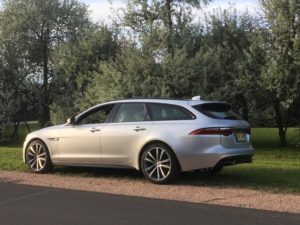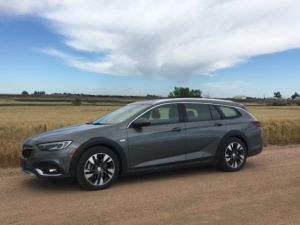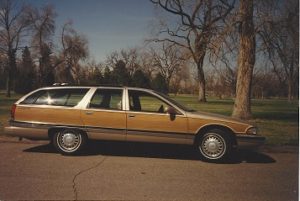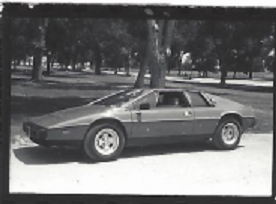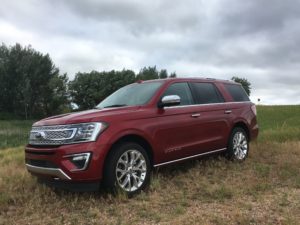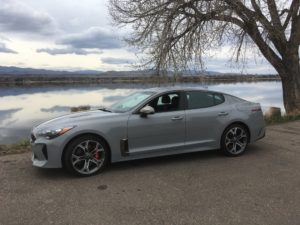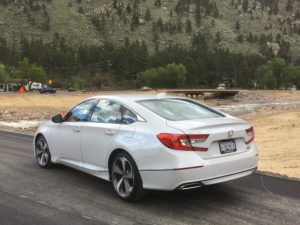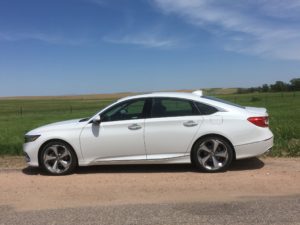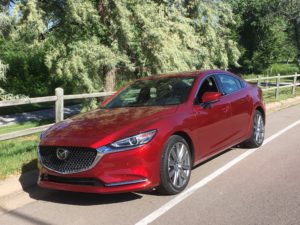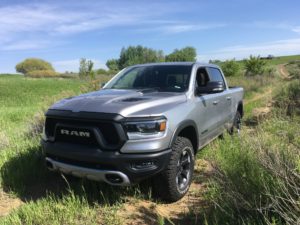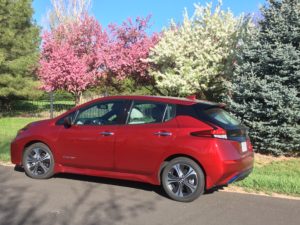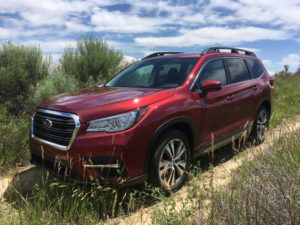
Unveiling of a new midsize SUV, the 2019 Ascent, may be the key for continuing a hot sales pace of several years for Subaru in Colorado.
The new one has three rows of seats, will tow up to 5,000 pounds and is the largest vehicle ever built by the Japanese maker.
“The Ascent has drawn more interest than anything I remember with us,” said David Slone, general manager of Greeley Subaru. “Lots of Subaru Outback and Forester owners with growing families are eyeing it for its added roominess, and we’re getting showroom traffic from many who are driving competitive makes.”
The Ascent is 7 inches longer and 900 pounds heavier than the two-row Outback wagon, which has been Subaru’s “cash cow” for 20 years.
Performance for the new all-wheel-drive Ascent comes from a 2.4-liter, direct-injection and twin-scroll turbocharged, horizontally-opposed engine, which burns regular-grade fuel. The 260-horsepower boxer engine (277 lb.-ft. of torque) is mated to a continuously variable transmission, a fuel-saver not normally associated with heavy tow capacity. The Outback, with a slightly less-powerful boxer engine, has tow rating of only 2,700 pounds.
By switching the CVT into manual mode and using paddle shifters, which mimic a traditional 8-speed transmission, I got by just fine, though I did not attempt to tow with it. The transmission fairly quickly locked into a lower gear range, such as 4th or 5th, for more immediate response and steady power.
The Ascent puts Subaru into the midsize SUV/crossover mix with the new Volkswagen Atlas, Toyota Highlander, Kia Sorento, Jeep Grand Cherokee, Honda Pilot, Ford Explorer and several others.
Riding on a 113.8-inch wheelbase, the Ascent is trimmed with a bit of cladding, though not so dominant as with the Outback in its early years. Big wraparound taillights and a panoramic moonroof complete the exterior.
Inside, a white leather-padded bar stretches across the width of the dash. Second-row seats slide fully forward to ease entry into the roomy third row. Behind the third row is 17.6 cubic feet of cargo space; fold the third row of seats and that expands to 47.6 feet. Amount of legroom in the third row is determined by how far back the middle row is moved.
Fuel mileage ranged between 19 and 24 for the Ascent. Its EPA estimate is 20/26 mpg.
The Ascent is built in Subaru’s assembly plant in Lafayette, Ind., and offered in four trim levels, including Base, Premium, Limited and Touring. All models are equipped with Subaru’s symmetrical all-wheel drive.
Very sensibly designed it is, until a count is made of the cupholders – 19 of them. I don’t remember the ratio; is it one pit stop per four cupholders?
The review model, a Limited trim with $2,950 of options, carried a sticker price of $42,920. Among its add-ons are navigation with 8-inch high-resolution touchscreen, Apple CarPlay/Android Auto/Bluetooth, Harman Kardon premium audio, the power moonroof and 20-inch wheels.
A standard feature for the Ascent is Subaru’s EyeSight driver-assistance technology including adaptive cruise control, lane-keeping assistance and automatic precollision braking.
Also standard are trailer stability assist with yaw sensors, three-zone automatic climate control and four USB ports.
